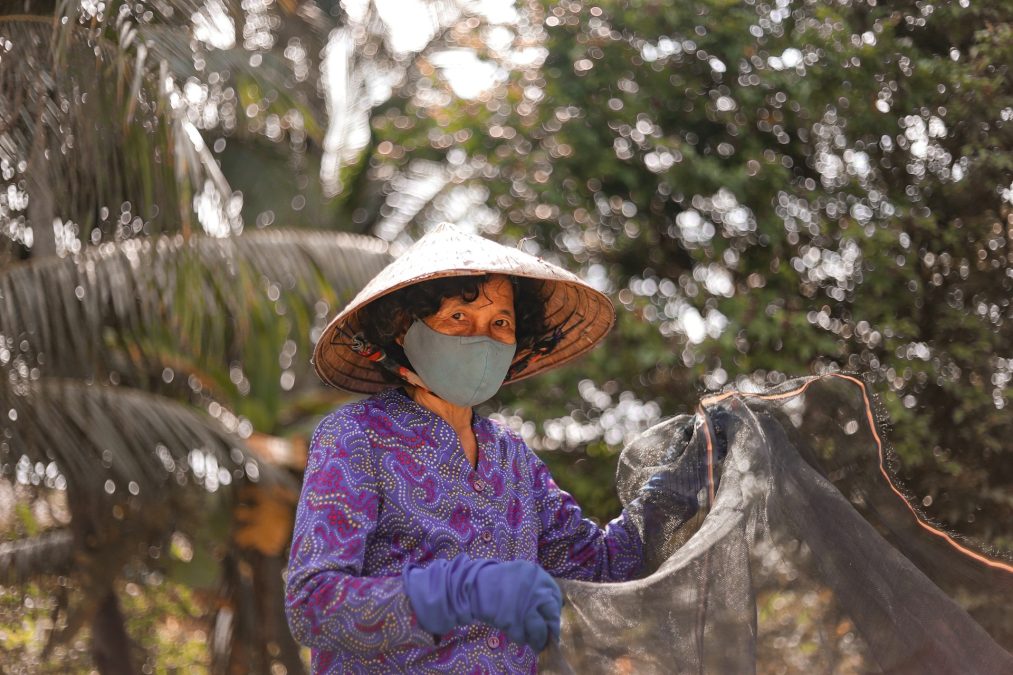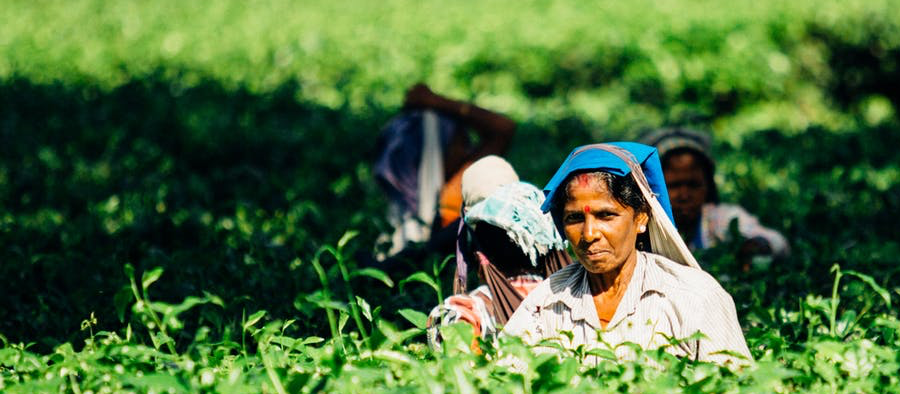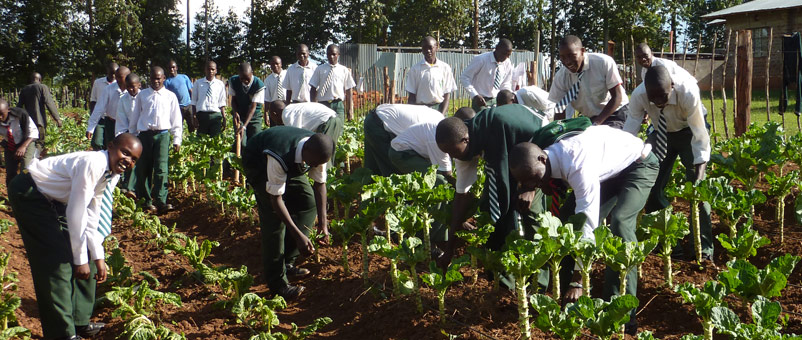Rural communities worldwide are grappling with escalating challenges brought on by the climate crisis. As disasters become more frequent and severe, and environmental conditions grow harsher, the burden on these communities intensifies. However, it is often rural women who are bearing the heaviest brunt of these impacts, including significant financial losses.
Until now, no study had ventured to quantify the monetary costs faced by these women due to heat stress, floods or droughts. The newly released FAO report, The Unjust Climate: Measuring the Impacts of Climate Change on the Rural Poor, Women and Youth, sheds light on how climate change disproportionately affects the rural poor, older people and women in low- and middle-income countries. It reveals billions of dollars in losses among female-headed farming households, further widening the income gap between men and women.
To delve deeper into the report’s findings regarding gender dynamics and the challenges faced by rural women amidst a changing climate, the FAO Newsroom spoke with Lauren Phillips, the Deputy Director of FAO’s Rural Transformation and Gender Equality Division.
What are the main findings of the FAO report “The Unjust Climate” regarding women?
Lauren Philips (LP): Gender inequality plays a significant role in determining women’s adaptive capacity to climate change. Every year, women farmers and female-headed households in low- and middle-income households are suffering from very large losses due to climatic shocks such as heat stress or flooding, surpassing those experienced by male-headed households. This report quantifies some of these losses.
So, for example, from heat stress, female-headed households lose eight per cent more of their income every year than male-headed households. And that translates to $37 billion a year. It is a lot of money. Flooding, too, has an impact on decreasing female-headed household income by three per cent, which is $16 billion a year compared to male-headed households.
We are talking about situations in which households are already losing a lot from climate change. But for those that are run by women or on plots that are managed by women, the losses are much greater.
The report also finds that if climate change increases by another one degree Celsius, female-headed households could lose 34 per cent of their income compared to male-headed households. It is a huge loss for families that are already suffering from poverty and having trouble having adequate and healthy amounts of food for their families every day.
How was FAO able to calculate these numbers?
LP: The report uses data from 24 low and middle-income countries across five regions and spans 70 years of daily climate data, matched with the incomes of more than 100,000 households. That means we had data for almost a billion people. What we were able to do was estimate how much greater the losses were for families that were headed by women.
For instance, in the event of a drought, how does the situation of a woman farmer differ from that of a man farmer?
LP: For example, a woman may not have irrigation on her farm. The report we published last year, The status of women in agrifood systems, showed that in countries where there is a higher use of irrigation for farming, women are much less likely to have access to it.
So, you can imagine a female farmer without water on her land, and perhaps she also did not receive new seeds, which could have helped prevent losses from drought. Consequently, she is working harder and longer, putting in an extra hour of work a day compared to a male farmer, trying to adapt to climate change. However, without access to such assets and technologies, she may struggle to keep up with the changing climate.
Climate change is also increasing the number of hours women are required to work, and since women already have a higher burden of care in almost all countries worldwide, this exacerbates the situation. On average, women spend four hours a day on unpaid domestic and care work, while men spend less than two. This means that climate change can add to the burden of tasks such as gathering water or wood, or any other care duties necessary to keep a household or farming operation running.
What are the root causes behind these disparities?
LP: In last year’s report, we analyzed a lot of gender inequalities that are still very persistent. There are gaps in how much money women earn for their work in agriculture and agrifood systems, as well as gaps in the productivity of their land plots, the amount of land they have access to, their access to mobile technologies and their financial access.
But on top of all of this, there are also persistent discriminatory social norms that women and girls face in agrifood systems, which may constrain how much they can work outside the home or how far they can travel to do their work. So, when you combine these material gaps and inequalities with discriminatory social norms, it becomes very hard for women to achieve the same level of outcomes in agrifood systems as men.
What can be done to change this?
LP: We have a lot of tools at our disposal, and there are a number of successful policy measures. For instance, increasing women’s registration and access to land has many benefits on agricultural productivity. It can reduce gender-based violence within households and improve family nutrition. Using an approach that addresses both asset gaps and norms, known as gender transformative approaches, can positively impact how families coordinate work and overall empowerment. Improved empowerment resulting from these approaches can enhance a household’s income and resilience.
In fact, FAO has estimated that closing labour and productivity gaps between women and men could significantly impact GDP, increasing it by one per cent globally and reducing food insecurity for 45 million people. These achievements are possible because we know the successful approaches to empower women in agrifood systems.
The report also found that projects and policies focusing on empowerment can majorly improve resilience to climatic and other shocks. It was estimated that empowering projects could lead to an additional 235 million families having higher resilience to such shocks. Therefore, addressing these gaps and promoting empowerment are crucial for helping families and women become more resilient to climate change.
Is there enough finance going towards supporting rural women in a changing climate?
LP: Only six per cent of bilateral funds focused on agrifood systems are dedicated to making an impact on gender equality and women’s empowerment. Clearly, this is not enough. Additionally, in the Unjust Climate report, we examined policies from various countries and found that only six per cent of national climate policies, known as Nationally Determined Contributions, even mention women in a significant manner.
Hence, there is a substantial opportunity to increase attention to gender equality within climate and agricultural policies, thereby attracting more investment to areas where further action is necessary. We consistently collaborate with diverse partners to expand equality. This entails fostering more partnerships and investments, specifically targeting the reduction of gender gaps in agrifood systems and promoting women’s empowerment within them. We now have sufficient evidence of effective approaches to address these issues.
We should really be looking at the ways that we can combine financing to address multiple challenges. Gender equality should be part of measures to address climate change. We can have a greater impact if we work on both of those objectives at the same time.




